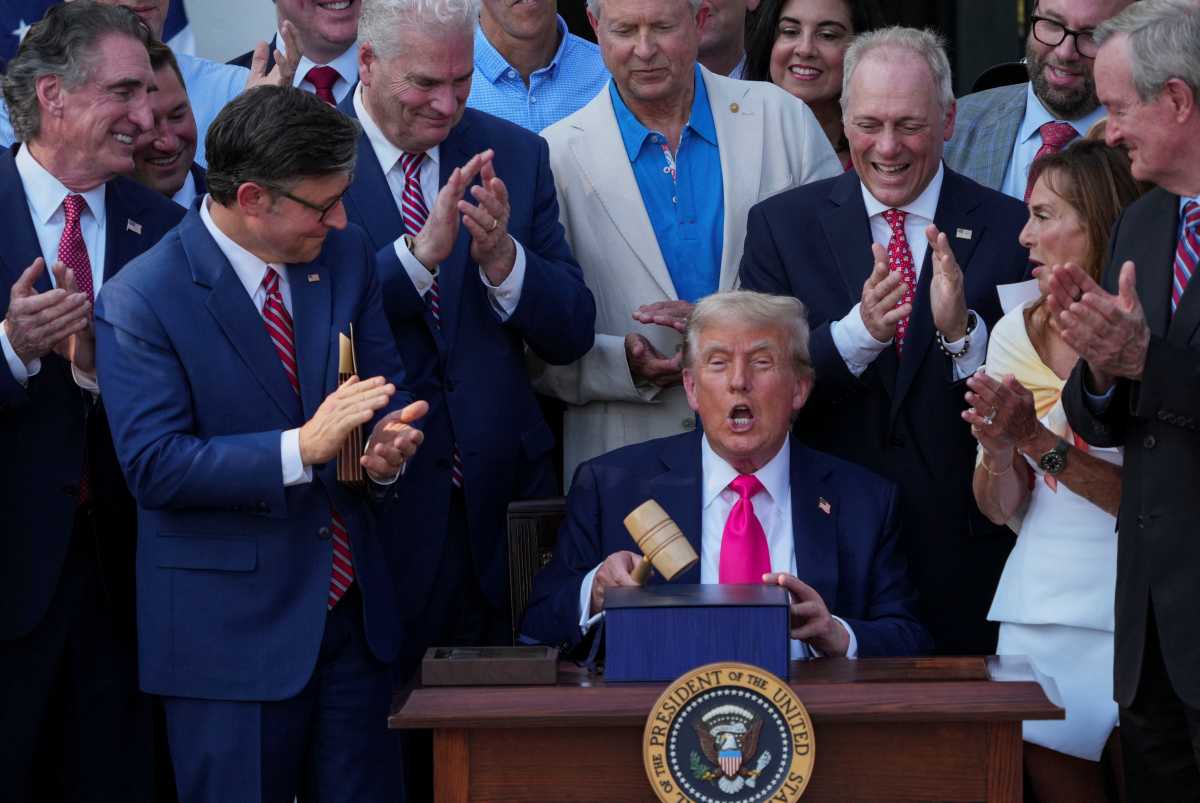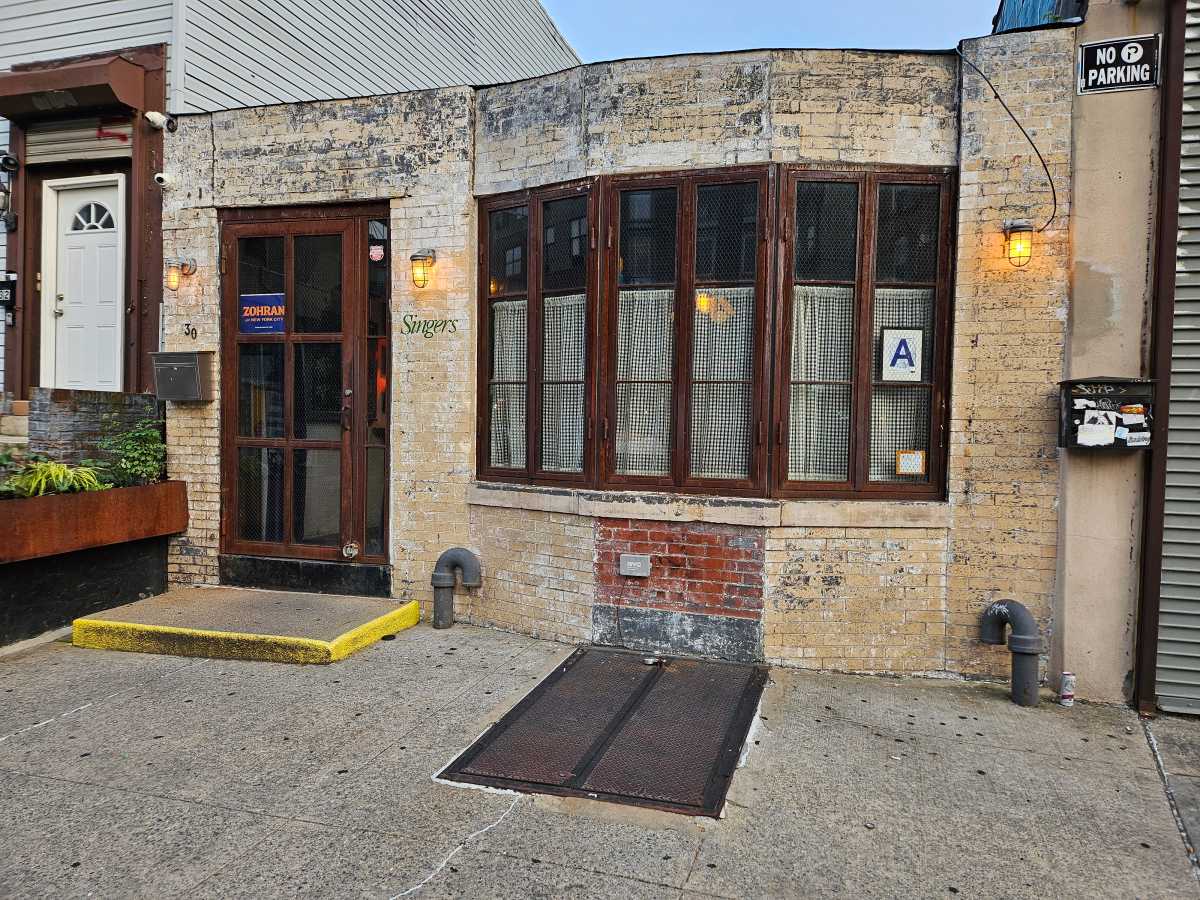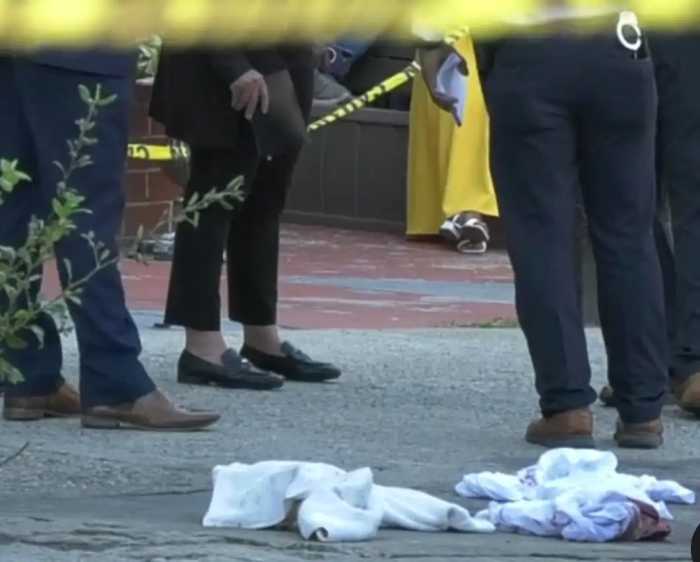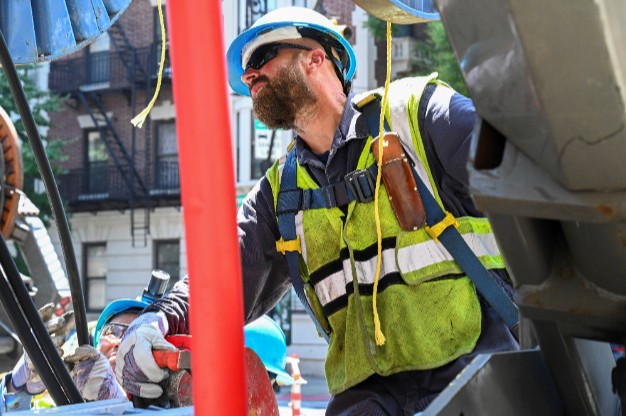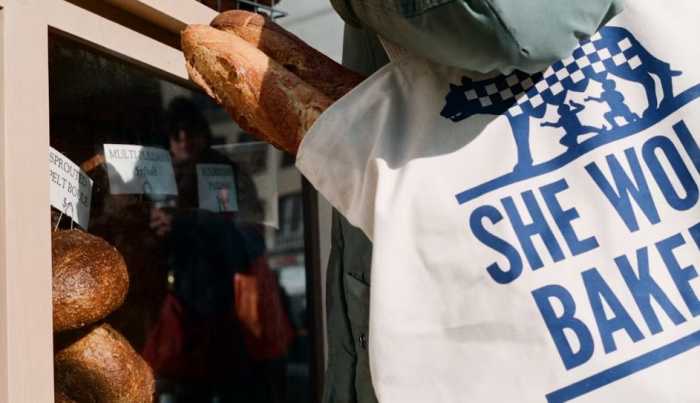Two months ago, Robert Balachandran, president and C.E.O. of the Hudson River Park Trust, told the Trust’s board of directors that the Trust’s staff would present designs for interim reuse plan of Pier 40 “in a month or so.” The Trust’s board will meet next Thursday and we expect the plan for the pier will be publicly unveiled then.
At this point, all we know is the interim plan will probably include at least one regulation-size baseball and soccer field for teenagers. There is strong community support among local youth sports leagues and Stuyvesant High School for such recreational space. Adult leagues will be eager to use them too.
Of more concern is the interim plan’s commercial component. In June, the process to find a private developer to redevelop the 15-acre former shipping pier at W. Houston St. ended abruptly when the Trust, the state-city organization running and building the five-mile-long waterfront park, decided none of three revised plans — a giant aquarium, an arts complex and an undefined proposal — were either viable or desirable. The Trust moved to develop a Plan B, interim reuse of the pier — and wait for “a more favorable economic climate” for the pier’s full-scale redevelopment into a mix of park and commercial uses.
Public input into the interim plan has been nil. A realistic concern, voiced by Friends of Hudson River Park and local politicians, is that often with development projects, the interim plan is the final plan.
It’s likely long-term parking on the pier will increase under the interim plan. However, Crain’s recently reported Wal-Mart is now eyeing Pier 40. The Trust denies knowledge of this, yet suspicions will persist until the public, through vehicles like the community boards, is consulted.
Since its decision to forego the development of the pier in June, the Trust has distanced itself from its community bases of support and acted as if its decisions do not need community input. In so doing the Trust squanders some of the goodwill – and legitimacy — that it built up over the past several years. We hope the Trust offers something for consideration next Thursday — and that community involvement will be encouraged. After all, the community deserves a say in what, chances are, will become the de facto final Pier 40 plan — and a major presence for years to come affecting the neighborhoods of the Lower West Side.
Sept. 11 ceremonies
The most important thing with each Sept. 11 will be to honor the victims in a way that respects the wishes of the entire Downtown community – particularly the families of those who died, who forever will be tied to Lower Manhattan. By that standard, Mayor Bloomberg, who led the planning for the day’s events last week, and Gov. Pataki passed with flying colors.
From the moving reading of the names by children to the return of the “Tribute in Light” in the evening, the day was a fitting remembrance to all those who were lost. The ceremonies were there for those who wanted to go and they were small enough so that Downtowners who wanted to quietly reflect or to push painful thoughts out of their mind were able to do so.
The day’s achievement was even more remarkable given the number of details that were decided within the last 48 hours. It was never a secret, for instance, that the appearance of the vice president would require extra security measures, so it was surprising that there was a last-minute change to Dick Cheney’s itinerary, based on no new information. The public should know what is planned when and where, and what streets will be closed sooner. We hope the success of this year’s ceremonies will not be an excuse to plan things on the fly next September.
Reader Services







